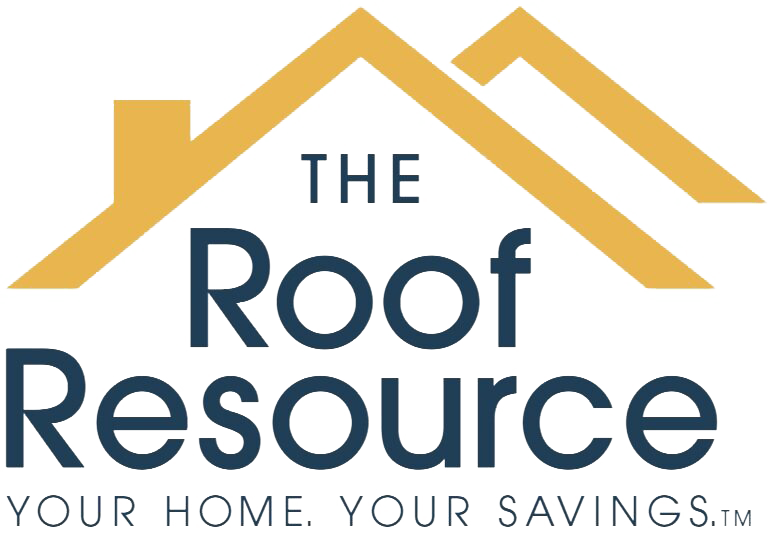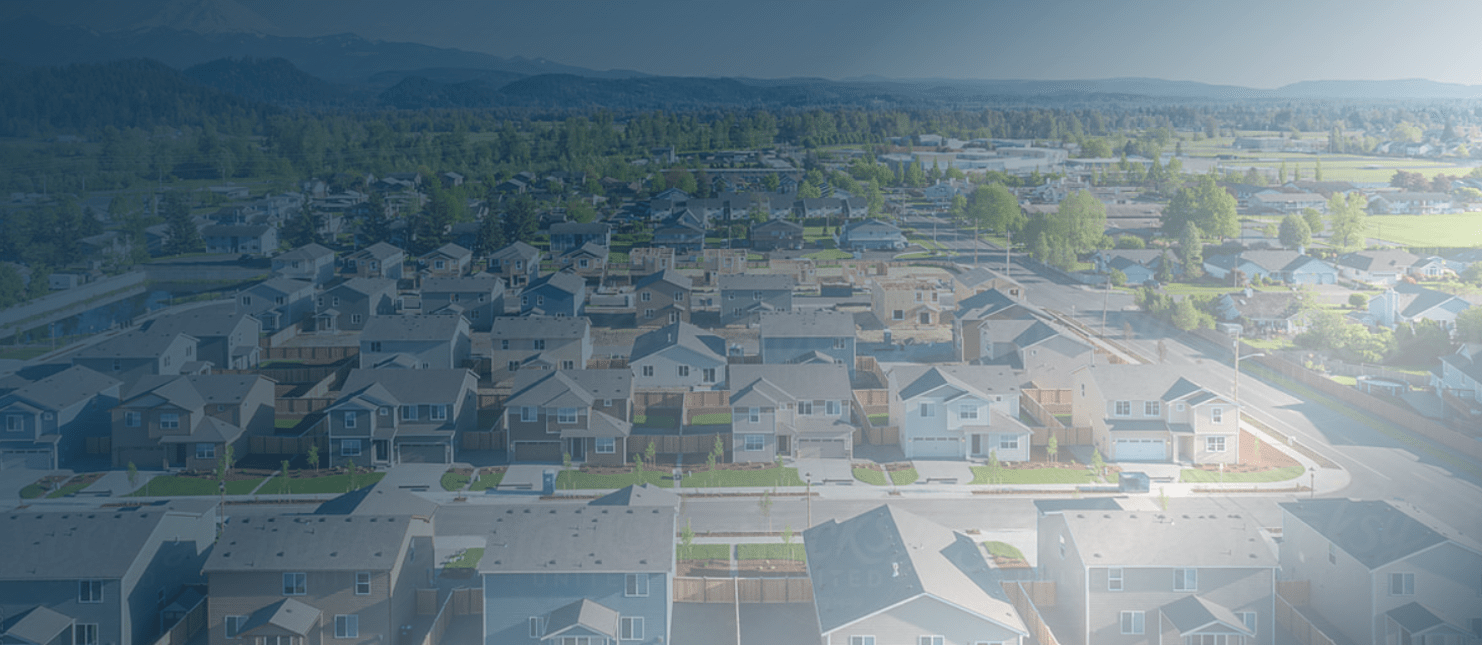How Long Does A Roof Last in Melvindale, MI
Protect your investment with expert roof longevity advice. Call now!
As a homeowner in Melvindale, MI, you understand the considerable investment that goes into maintaining and protecting your home. Your roof, in particular, plays a vital role in safeguarding your property and ensuring its structural integrity. Understanding the lifespan of your roof is crucial for planning and budgeting, but it’s also a topic that raises numerous questions for homeowners. How long does a roof last? What factors influence its longevity? When should you start considering a replacement? This comprehensive guide aims to answer these frequently asked questions and provide you with valuable insights into roof longevity and maintenance.
Factors Affecting Roof Longevity
Your roof’s lifespan is influenced by various factors, including the materials used, climate, maintenance, and installation quality. Each of these elements plays a significant role in determining how long your roof is likely to last.
Materials: The type of material used for your roof significantly impacts its longevity. For example, asphalt shingles typically have a lifespan of 15 to 30 years, while metal roofs can last 40 to 70 years or more. Understanding the pros and cons of different materials can help you make an informed decision when replacing your roof.
Climate: The climate in Melvindale, MI, can also affect the lifespan of your roof. Harsh weather conditions, such as extreme temperatures, heavy snowfall, and high winds, can accelerate the wear and tear on your roof. Understanding how the local climate impacts your roof can help you plan for maintenance and potential replacements.
Maintenance: Regular maintenance, including inspections, repairs, and cleaning, is essential for extending the lifespan of your roof. Neglecting maintenance can lead to premature deterioration and costly repairs or replacements. Knowing how to properly care for your roof can help you maximize its longevity.
Installation Quality: The quality of the installation also plays a critical role in determining how long your roof will last. Professional installation by experienced roofing contractors can ensure that your roof performs optimally and maintains its integrity over the years.
Roof Lifespan
The expected lifespan of a roof varies depending on the materials used and the aforementioned factors. Here’s a general overview of the typical lifespan for common roofing materials:
Asphalt Shingles: 15 to 30 years
Wood Shingles/Shakes: 20 to 25 years
Metal Roofs: 40 to 70+ years
Tile Roofs: 50+ years
Slate Roofs: 50 to 100+ years
Realizing the lifespan of your roof can help you plan and budget for future maintenance and replacements. If your roof is nearing the end of its expected lifespan, it’s crucial to start considering the best course of action to avoid potential issues.
Signs That Your Roof Needs Replacement
While appreciating the typical lifespan of your roof is essential, recognizing the signs that indicate the need for a replacement is equally important. Keep an eye out for the following indicators that your roof may need to be replaced:
1. Age: If your roof is approaching or has surpassed its expected lifespan, it’s advisable to start considering a replacement, even if there are no visible signs of damage.
2. Leaks and Water Damage: Persistent leaks, water stains on the ceiling, or water pooling on the roof are clear indications that your roof is compromised and may need to be replaced.
3. Damaged Shingles: Curling, cracked, or missing shingles are signs of roof deterioration and may require replacement to prevent further damage.
4. Sagging Roof Deck: A sagging or uneven roof deck can signal structural issues that necessitate a roof replacement.
5. Mold and Mildew Growth: The presence of mold or mildew in your attic or on your roof’s surface can indicate underlying moisture issues that require immediate attention.
Concluding remarks
Realizing the lifespan of your roof and the factors that influence it is crucial for every homeowner in Melvindale, MI. By being aware of the expected lifespan of your roof, recognizing signs that indicate the need for a replacement, and appreciating the influential factors, you can make informed decisions to protect your home and ensure the longevity of your roof.
In summary, regular maintenance, quality materials, professional installation, and vigilance in monitoring your roof’s condition are key elements in maximizing its lifespan. By staying proactive and addressing any potential issues promptly, you can maintain the integrity of your roof and protect your home for years to come.


